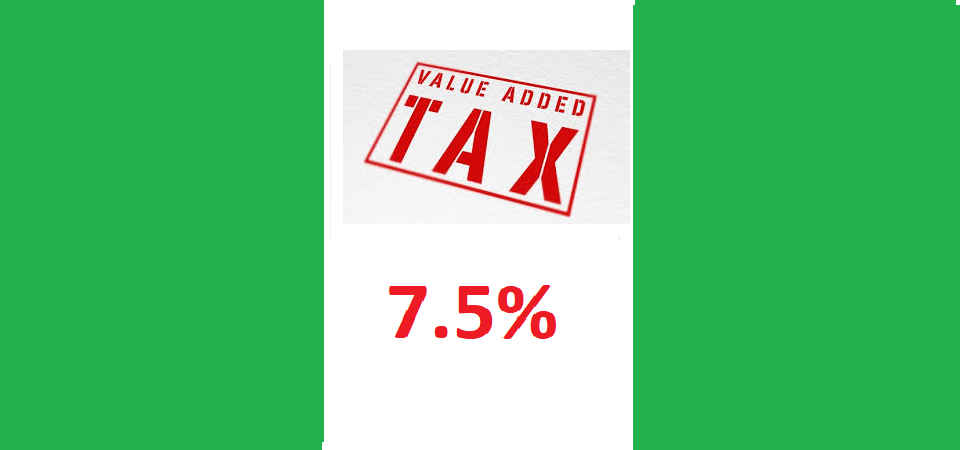Impact of VAT Increase from 7.5% to 10% on Everyday Nigerians
The proposed plan to increase Nigeria’s Value Added Tax (VAT) rate from 7.5% to 10% will have various implications for everyday Nigerians. Here’s what this means in 10 steps:
1. Gradual Implementation: The VAT increase from 7.5% to 10% will be phased in over several years. This means the rise will happen incrementally, not all at once, helping to soften the immediate financial impact on consumers.
2. Revenue Redistribution: The VAT revenue-sharing formula will be adjusted, increasing the share for states from 50% to 55% and local governments from 35% to 35%. The federal government’s share will decrease to 10%. This aims to ensure more funds are available at the local level for development projects.
3. Mitigating Inflation: To counteract the potential rise in prices due to the VAT hike, essential items such as food, education, medical services, and accommodation will be exempt from VAT. This should help keep the cost of living stable for basic necessities.
4. Enhanced Compliance: Efforts will be made to increase the compliance rate for VAT payments. This means more businesses and affluent individuals will be expected to pay their fair share of taxes, potentially increasing government revenue without solely relying on the rate hike.
5. Phased Reduction of Corporate Income Tax: Alongside the VAT changes, the Corporate Income Tax rate will be reduced from 30% to 25% over a few years. This aims to attract and retain businesses, potentially boosting economic growth and job creation.
6. Maintaining Government Revenue: By phasing in the VAT increase and reducing corporate taxes gradually, the government aims to avoid sudden drops in revenue, ensuring that it can continue to fund essential services and infrastructure projects.
7. Increased State and Local Funding: With a higher share of VAT revenue going to states and local governments, these regions may see improved public services and infrastructure, which could enhance the quality of life for residents.
8. Inflation Management: By exempting essential goods and services from VAT, the government hopes to control inflation. This approach is designed to keep overall price increases in check, ensuring that the VAT hike does not lead to a significant surge in the cost of living.
9. Boosting Tax Compliance: The government aims to increase the VAT compliance rate from 30% to over 90%. This will involve stricter enforcement and possibly new measures to ensure that businesses and affluent individuals pay their taxes, leading to a more equitable tax system.
10. Legal and Political Changes: The proposed reforms include making VAT collection a constitutional matter, with a recommendation to place VAT under the exclusive legislative list. This would centralize VAT collection, with 90% of the revenue going to states and 10% to the federal government, potentially resolving ongoing disputes about revenue allocation and ensuring more consistent tax collection.





















